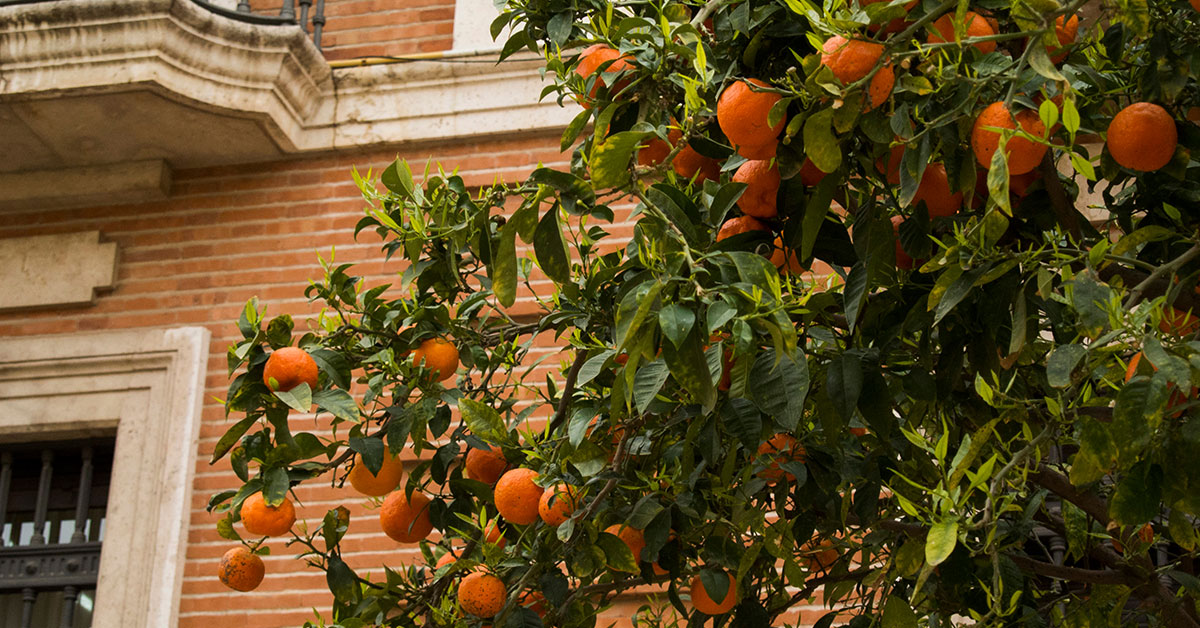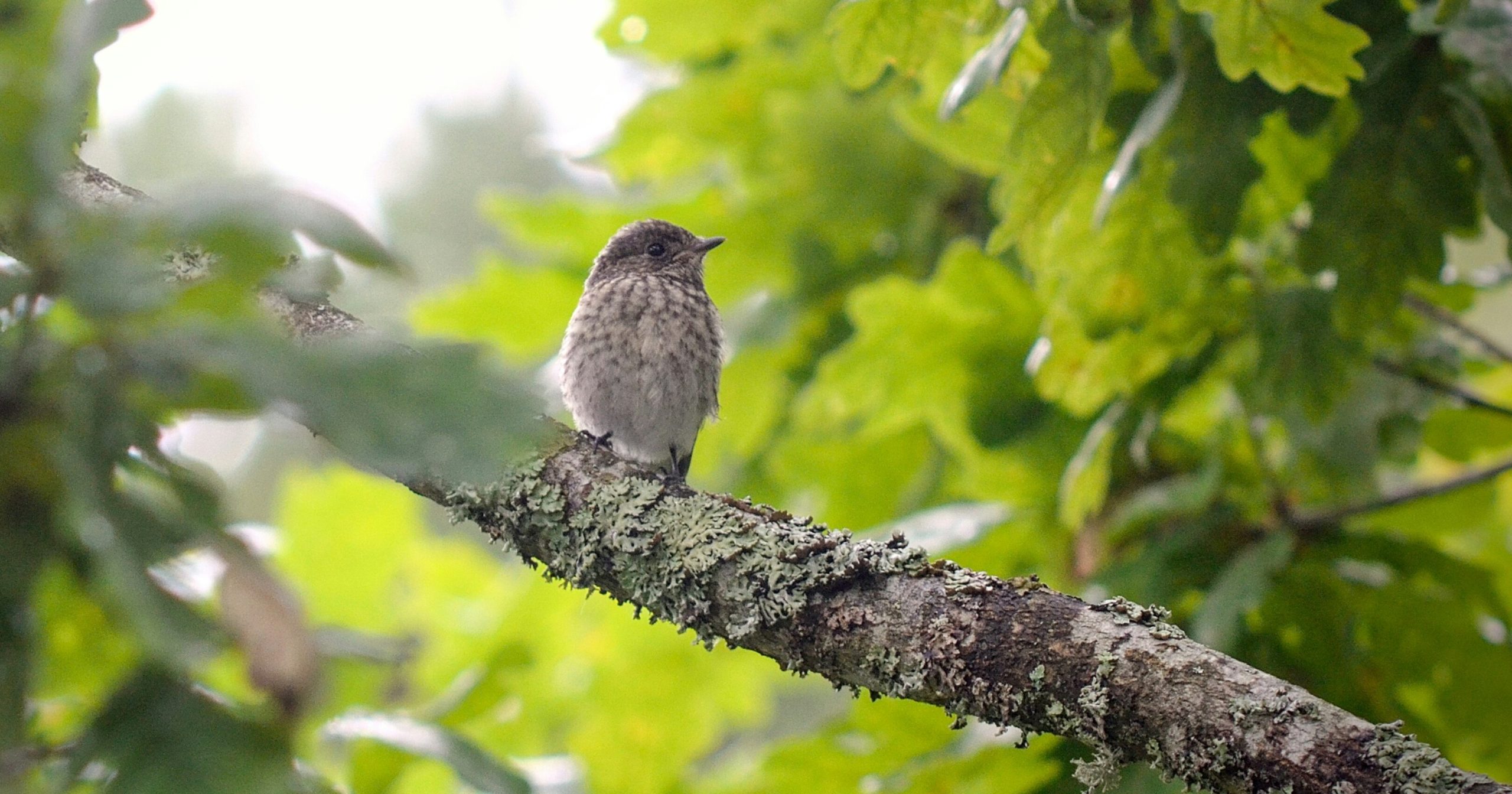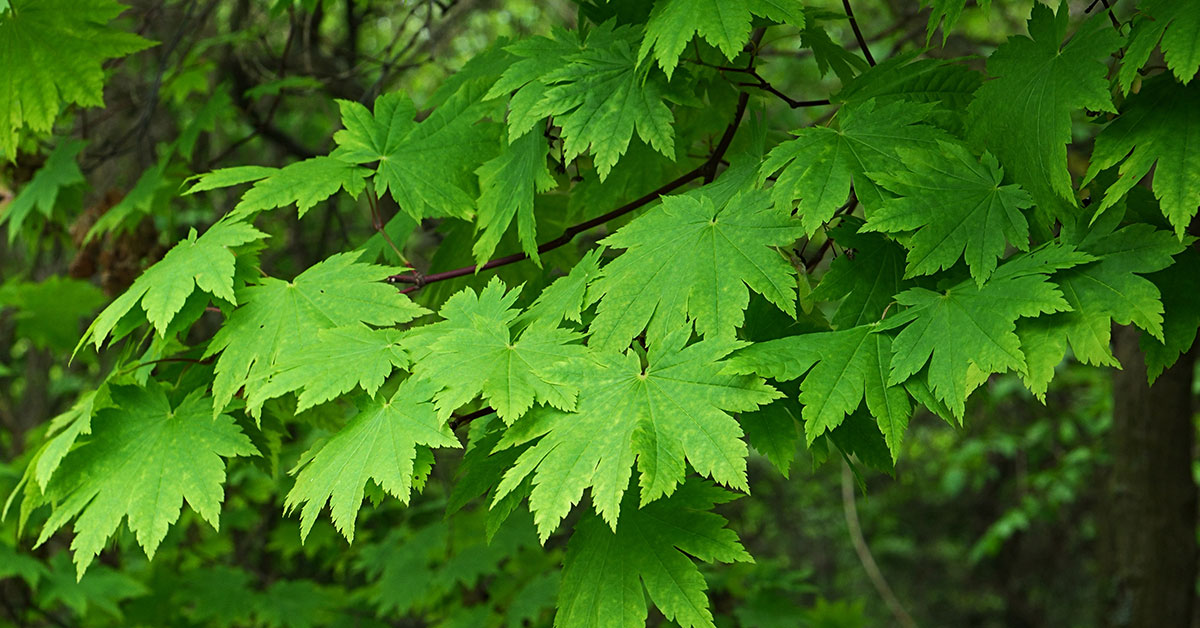I love fruit trees. In my yard, I have an apple tree and a pomegranate tree growing. As I write this, my apple tree is preparing for a bumper crop. I can’t wait to share extra fruit with my family and neighbors and make all sorts of things, like pies and fresh apple cider vinegar. My apple tree is down by the street, and sometimes in the fall I’ll see passers by snatching an apple or two off of branches hanging close to the sidewalk. Do I mind? Not at all. It actually has me thinking about urban fruit trees.
On any given night, there are more than a half a million people in the United States experiencing homelessness and according to the USDA’s Household Food Insecurity in the United States report, more than 35 million people experienced hunger in 2019. It’s not like there isn’t enough food to go around. There’s enough food produced to feed 10 billion people worldwide. Yet despite the excess, there’s still so much hunger, and it has to do with food availability.
It all has me thinking, maybe we should be planting urban fruit trees in our cities so people of all walks of life, including homeless and hungry people, can pick the fruit and have a bite of healthy, delicious, fresh food when they need it most. Let’s talk about the pros and cons of planting fruit trees along city sidewalks to feed the homeless and hungry.
Urban fruit trees can feed the homeless
Like we’ve already discussed, fruit trees can feed the homeless and the hungry in our cities and towns. A single apple tree can yield 300 pounds of fruit per year. One peach tree will yield about the same – 300 pounds of fresh peaches per year. One plum tree will yield about 100 pounds of plum in a single harvest. So can you imagine just how much fruit would be produced by a few dozen trees lining an otherwise barren street and sidewalk? A few fruit trees won’t magically solve global hunger, but the difference in quality of life between a person going hungry and a person enjoying a fresh piece of fruit is massive.
Improving neighborhood property values
Fruit trees aren’t only a benefit to the homeless and hungry, but they can be helpful to middle class homeowners as well. Having trees planted along city streets in front of your home can increase your property value by between 3 and 15 percent. When it comes time to sell your home, that added handful of percent increase on your property value can make all the difference. Prospective home buyers love seeing mature trees on and around your property, so don’t hesitate to plant a few.
Urban fruit trees are good for city wildlife
Humans aren’t the only animals in the world who eat – obviously! Every living creature has to consume something in order to survive. Our urban fruit trees wouldn’t feed only us, but the urban wildlife that lives alongside us. Our fruit trees would benefit large swaths of the urban biome, from tiny insects to birds, squirrels, raccoons, and more. If you like seeing urban wildlife and lots of birds visiting your yard, planting fruit trees is one way to make sure they keep coming back.
Trees improve the health of neighboring residents
Throughout the evolutionary history of humanity, trees have played an important role. They’ve provided food, safety, and shelter for us for millions of years. Given that information, it doesn’t come as a shock that trees have positive effects on us. Spending time around and living near trees has been scientifically proven to reduce stress, lower blood pressure and improve mood. There is a proven scientific connection between neighborhoods with lots of city trees and improved health outcomes for the residents in that neighborhood. Planting urban fruit trees along your city streets won’t just feed the birds and hungry people, but they can improve your health as well.
City trees keep things cooler in the summer
Have you ever lived through a sweltering day in the city and decided to get out of town to the woods to experience a little shade and cooler weather? I know I have. On the hottest days, my first move is to get out of town and go somewhere cooler. Cities are well known to create heat islands. All of the building materials that comprise our structures and the asphalt and concrete we walk and drive on absorb heat, making it hotter in cities. Urban trees, however, can reverse that trend.
Obviously, trees make shade. Getting into a little shade can definitely help cool you off on a hot day. But city trees, including urban fruit trees, have a secret weapon called transpiration. Trees absorb the sun’s radiation and then ‘exhale’ water through their leaves, humidifying the air and basically acting like giant, natural air conditioners. Cities that plant trees in areas identified to be exceptional heat islands can help reduce sweltering temperatures on hot days.
Cons of urban fruit trees
So we’ve talked about all the reasons why urban fruit trees are a good idea – they feed people and animals, they can improve your property values by 3-15 percent, they cool off our cities and improve health outcomes for neighbors. But it’s not all apple pie and fun times. There are cons to planting urban fruit trees that cities should take into consideration. They are not insurmountable problems, but issues nonetheless.
Mess
Fruit trees can be messy. Not every fruit on every branch will wind up in a pie. Some will end up hitting the ground and rotting. Walking on sidewalks full of rotting fruit or trying to park under a tree that’s dropping fruit can be a nasty mess. So what’s the solution? Cities can look to neighboring rural areas for the answer. Some farms may collect fallen fruit to feed their livestock. A free source of livestock food is something few farmers would turn away from. If fruit fall is a problem, look to farms for the solution.
Maintenance
Fruit trees need pruning, pest control, and of course removal when they eventually die (as all trees do!) This can add an extra strain to any urban forestry department. Cities should look at what they can budget for and plan appropriately. If the budget exists for only a handful of urban fruit trees, that’s better than none!
Ready to plant some fruit trees yourself? These articles may help:
- How To Grow An Avocado Tree From Seed
- How To Grow A Peach Tree From Seed
- How To Plant A Coconut Palm Tree
- How To Plant A Plum Seed











